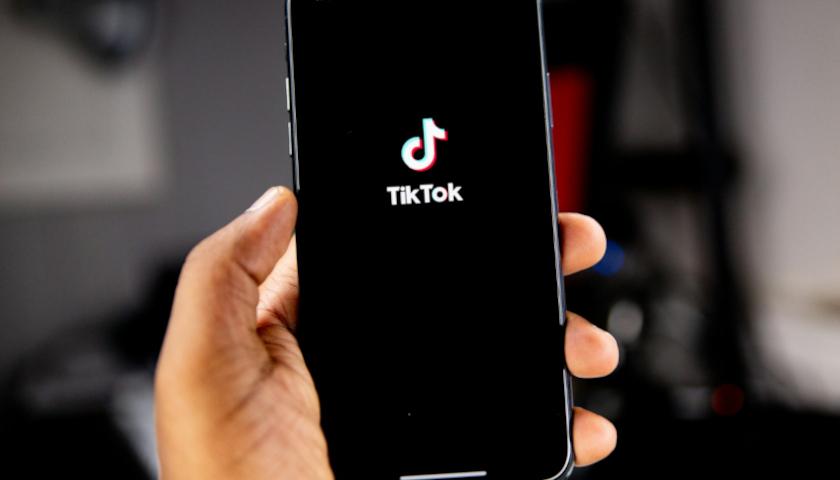by Mailee Smith
Chaos. Disruption. Uncertainty.
The Chicago Teachers Union provides a real-world example of what happens when a government union has too much power.
CTU has gone on strike three times in three school years. In the latest work stoppage, over 330,000 schoolchildren missed five days of school. Parents were notified of the walkout after 11 p.m. on a school night, leaving them just hours to develop a back-up plan after the union decided not to show up.
This shut-down follows the 2020-2021 school year, when Chicago Public Schools was fully remote for most of the year, rolling out hybrid options starting in February 2021. All told, Chicago students had gone 17 months without fully in-person education by the time they started the current school year Aug. 30, 2021.
And students’ academic achievement suffered for it. One example: On the SATs, there was a 6.1 percentage point decrease in the number of Chicago students at least meeting standards in math – and a drop of 6.7 percentage points for the same category for low-income students – in 2021 compared to 2019.
But CTU’s political muscle – and their willingness to flex it – could become the blueprint for schools and government at all levels if Illinois’ powerful government-sector unions get what they’re asking for at the polls in November. They want an amendment to the Illinois Constitution that would give unelected government union bosses more power than state law or the people elected to represent residents’ best interests.
Illinois has long been a bastion of union power, and Amendment 1 could be part of a blueprint to solidify that control.
Unions often run legislation in a test state before trying in other states or even at the federal level. For example, California’s AB 5, which effectively redefined independent contractors as employees to force them into unionization, was mimicked by provisions in a version of the federal Protecting the Right to Organize Act, or PRO Act. Washington state provisions used to bolster union representation of home-care providers funded through Medicaid were included in a version of the Build Back Better Act.
So here’s what’s at stake.
Amendment 1 is billed as a right-to-work ban in a state that already doesn’t allow right to work, but it’s much more than that. It would give unions a “fundamental” right to organize and bargain over wages, hours, working conditions, economic welfare and safety at work – i.e., virtually anything – and explicitly prohibit lawmakers from ever interfering with or diminishing those rights.
Unions would be able to demand anything during negotiations and go on strike to get their demands met. Resulting contracts would carry the weight of the state constitution. Lawmakers wouldn’t be able to restrict what unions can negotiate or limit when they can go on strike without running afoul of the state constitution.
What’s more, lawmakers would never be able to repeal a little-known Illinois provision that allows many union contracts to override conflicting state and local laws and regulations.
Known in legal parlance as a “supercedence clause,” the practical effect is that a union will be able to rewrite laws it doesn’t like just by negotiating a contrary provision in its contract. If the employer doesn’t agree? The union goes on strike. And government officials’ hands will be tied.
That includes laws in place to protect children.
A provision requiring “background information” on employees of the Illinois Department of Children and Family Services – the department charged with protecting children who are reported abused or neglected – could be contradicted in the union’s contract with the state.
So could the provision prohibiting employment of “sexually dangerous” persons.
On the education side, a union could decide the state’s licensure qualifications are just too strenuous and do away with a licensure requirement altogether in a school district contract.
In fact, unions could undermine at least 11 provisions in Illinois’ Children and Family Services Act and another 38 in its School Code – just two acts among thousands in Illinois statutes – with the backing of the state constitution.
This isn’t the first time unions have tried to pass such a state constitutional amendment in a union-friendly state: A similar “Protect Our Jobs” initiative was considered in Michigan in 2012. That amendment would have adversely affected at least 80 Michigan laws and jeopardized the state’s fiscal stability, according to a memo state Attorney General Bill Schuette sent to Gov. Rick Snyder at the time.
But the unions overplayed their hand. Not only was the amendment resoundingly defeated 57% to 42%, but the Michigan Legislature subsequently enacted right-to-work provisions that went into effect the following March.
To date, no other state constitutions include provisions such as those in Amendment 1.
But that doesn’t mean unions in other states won’t try. The Michigan experience dampened union efforts for a decade. If the amendment passes in Illinois, government labor leaders won’t wait that long to try again in other states.
CTU’s harmful antics are just a precursor of what could happen if government unions get what they want. The lesson: If Amendment 1 is enacted in Illinois, unions won’t sit still. The ability of an unelected third party to rewrite the laws of one state will create an insatiable desire to do so in other states.
And that’s a threat to the tenets of democracy everywhere.
– – –
Mailee Smith is director of labor policy and staff attorney for the Illinois Policy Institute.
Photo “Chicago Teachers Union marching” by Chicago Teachers Union.





